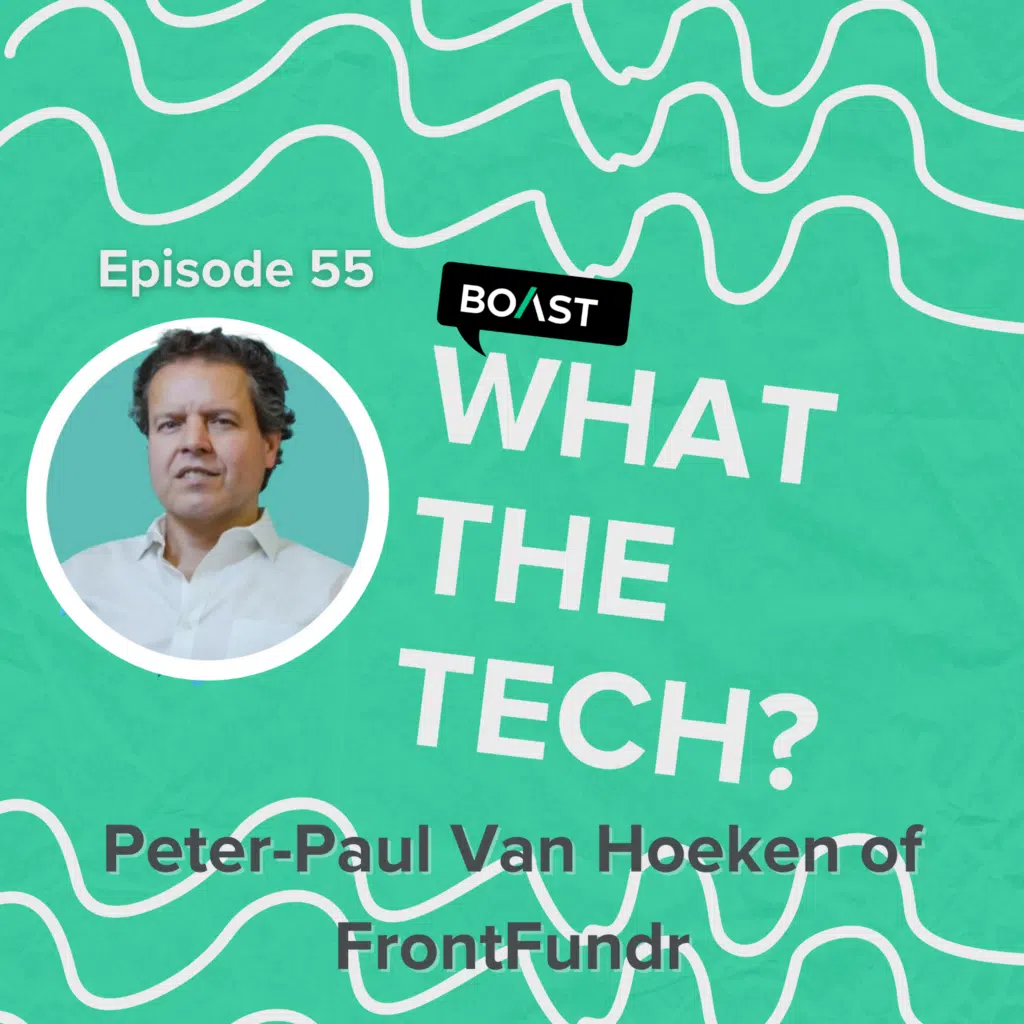How can you make your R&D investments work harder?
It’s a loaded question, for sure. Of course, you want to arm your product development team with all the funding and resources they need to succeed. This includes allocating a healthy research and development (R&D) budget, which itself is an exercise in ensuring product-market-fit and the viability of your solutions.
What’s unique about funding R&D is that the money you put into these projects can unlock a cycle of re-investment that actually stretches your dollars further.
How does this work? For starters, much of this can be accomplished through non-dilutive funding, thanks in no small part to the Canadian government’s Scientific Research and Experimental Development (SR&ED) tax refund program. With SR&ED, eligible companies can recoup up to 64% of their R&D spend—developer salaries, contractor fees, material costs, for instance—as an end-of-year tax refund. This enables teams to not just recoup expenditures, but double down on their R&D investments.
With SR&ED, teams can use the money they recouped to invest in even more SR&ED-eligible projects. This can be hugely beneficial, helping you stave off other sources of funding that could dilute your stake in the business, while giving your team even more resources to drive innovation.
As powerful as the SR&ED program is on its own, however, it’s really just the tip of the iceberg when it comes to stretching R&D dollars to maximize your product development runway.
QuickFund from Boast: Now with pre-approval
Boast can help you make your R&D expenditures go even further by letting you tap into your end-of-year SR&ED claim before your fiscal year has even wrapped. That means not just being able to predict your R&D spend and associated claims throughout the year, but gaining access to a chunk of those funds early to actually increase your total SR&ED claim in real time.
What does this look like in practice?
By syncing the systems your team already uses to track R&D workflows, bookkeeping and payroll, Boast’s AI-driven solution can actively estimate your year-end SR&ED claim while projects are still in motion.
With QuickFund from Boast innovative businesses can receive up to 75 percent of the R&D expenditures they’ve accrued in a given quarter.
With this early access to their SR&ED refund, teams can actually start embarking on activities that will increase their SR&ED eligibility for the next quarter. By compounding their efforts and investments (as early as three months into the tax year with QuickFund), R&D teams will ultimately be better funded—and by extension, more effective.
All of this is done without forcing founders to seek dilutive sources of equity, while giving startups the financial flexibility needed to make better decisions about scaling the business/
Accessing your refund early through SR&ED financing and reinvesting in eligible projects can boost your year-end refund by at least 20% even after accounting for financing costs.
Now, qualifying for QuickFund has never been easier.
For existing clients that work with Boast to capture SR&ED, we’ve made it easier than ever to get approved for QuickFund to help improve your cash flow throughout the year.
All clients who are able to meet the criteria below are now eligible to receive funding and all the associated benefits.
Pre-Approval Decision Criteria for Boast Clients
- Cash Runway: You should have at least 3 months of cash runway.
- Debt Conditions: Make sure there are no major debts secured by non-bank entities or convertible debts tied to your assets.
- Minimum Draw: You need to have a minimum initial draw of $100,000.
- CRA Compliance: You need to be in good standing with the CRA, with no overdue amounts or unresolved issues.
- Filing Requirements: If you’re applying for the first time, ensure you’ve filed your T2/T661 forms for the initial year.
With this funding in hand, your team will enjoy non-dilutive cash flow that minimizes your cost of capital, while optimizing your capital structure in the process. This will go to securing your financing options for bargaining leverage down the line, while allowing you to stave off giving over equity, board seats, or personal guarantees.





